Introduction to Cross-Site Scripting
This video covers the basics of cross-site scripting, including reflected, stored, and DOM-based XSS as well as remediation to protect against these attacks.

This video covers the basics of cross-site scripting, including reflected, stored, and DOM-based XSS as well as remediation to protect against these attacks.
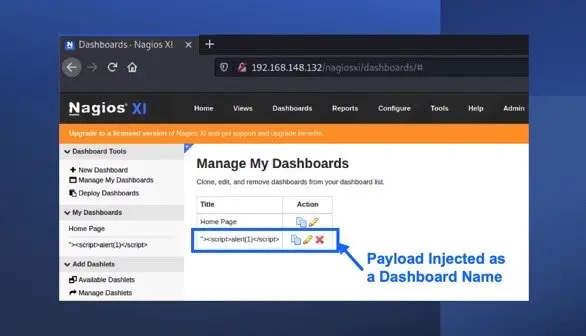
Nagios is open-source network and system monitoring software. Raxis’ Matt Dunn has discovered a cross-site scripting vulnerability that could leave users open to attack.
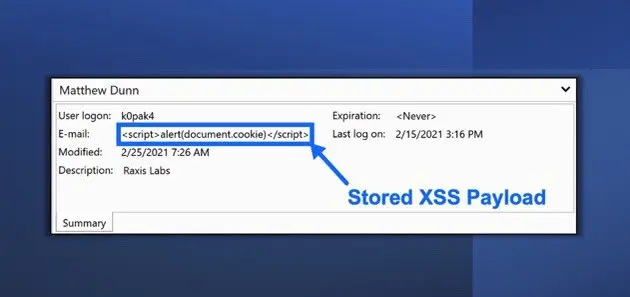
Raxis lead penetration tester Matt Dunn uncovers a new vulnerability in the PRTG Network Monitor (CVE-2021-29643). Read more here.
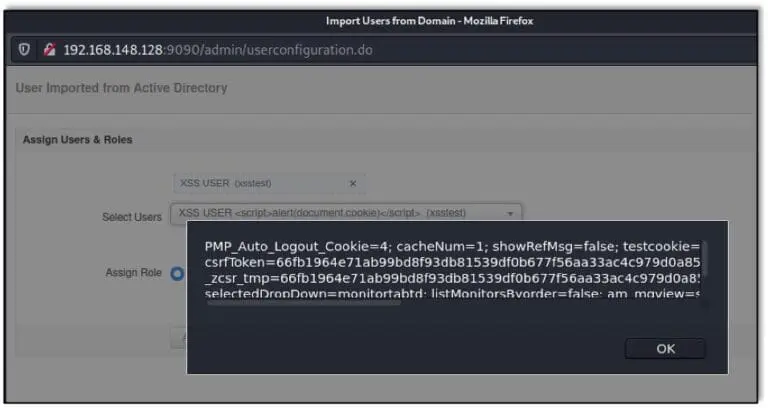
Raxis’ Matt Dunn has discovered another ManangeEngine cross-site scripting (XSS) vulnerability, this time in the Applications Manager product (CVE-2021-31813).

Raxis’ Lead Penetration Tester Matt Dunn discovers another cross-site scripting vulnerability in Zoho’s MangeEngine Key Manager Plus (CVE-2021-28382).
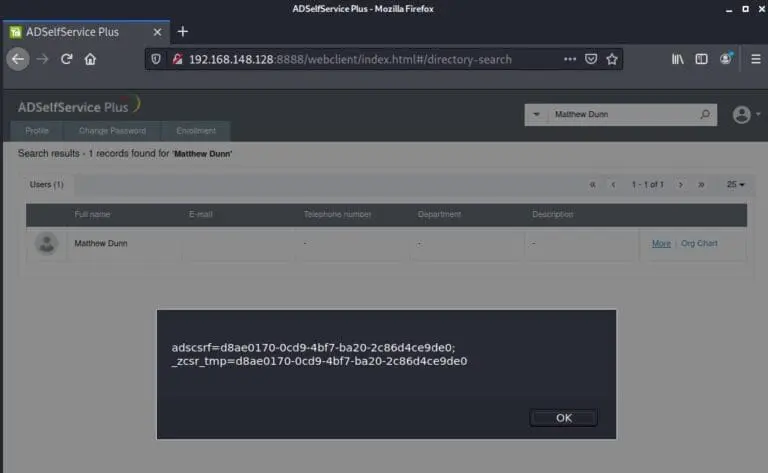
Raxis lead penetration tester Matt Dunn has uncovered a new cross-site scripting vulnerability in Manage Engine AD Self Service Plus (CVE-2021-27956). Find out more here.

The US government is warning businesses to beware of vulnerabilities being exploited by the Russian Foreign Intelligence Service (SVR RF). But that’s not the only group taking advantage. Here’s what you should do.

Raxis’ penetration testing team demonstrates how to conduct a mousejacking attack to gain access as part of a penetration test.

Qualys has discovered and reported a serious vulnerability (CVE-2021-3156) affecting the sudo utility. Patches are now available and Raxis recommends applying them immediately.

Cisco releases patches for some critical and high-severity vulnerabilities. Learn about the vulnerabilities and patches from the Raxis penetration testing team.
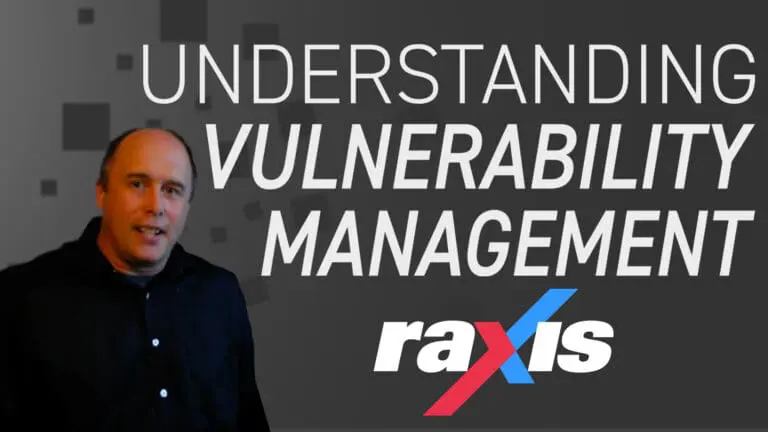
One of our most common findings in Raxis penetration tests is the lack of an effective vulnerability management system. Here’s why that’s important.

Network segmentation can be an important line of defense against hackers. Raxis’ CTO Brian Tant explains why in this continuation of our Top 10 Vulnerabilities series.